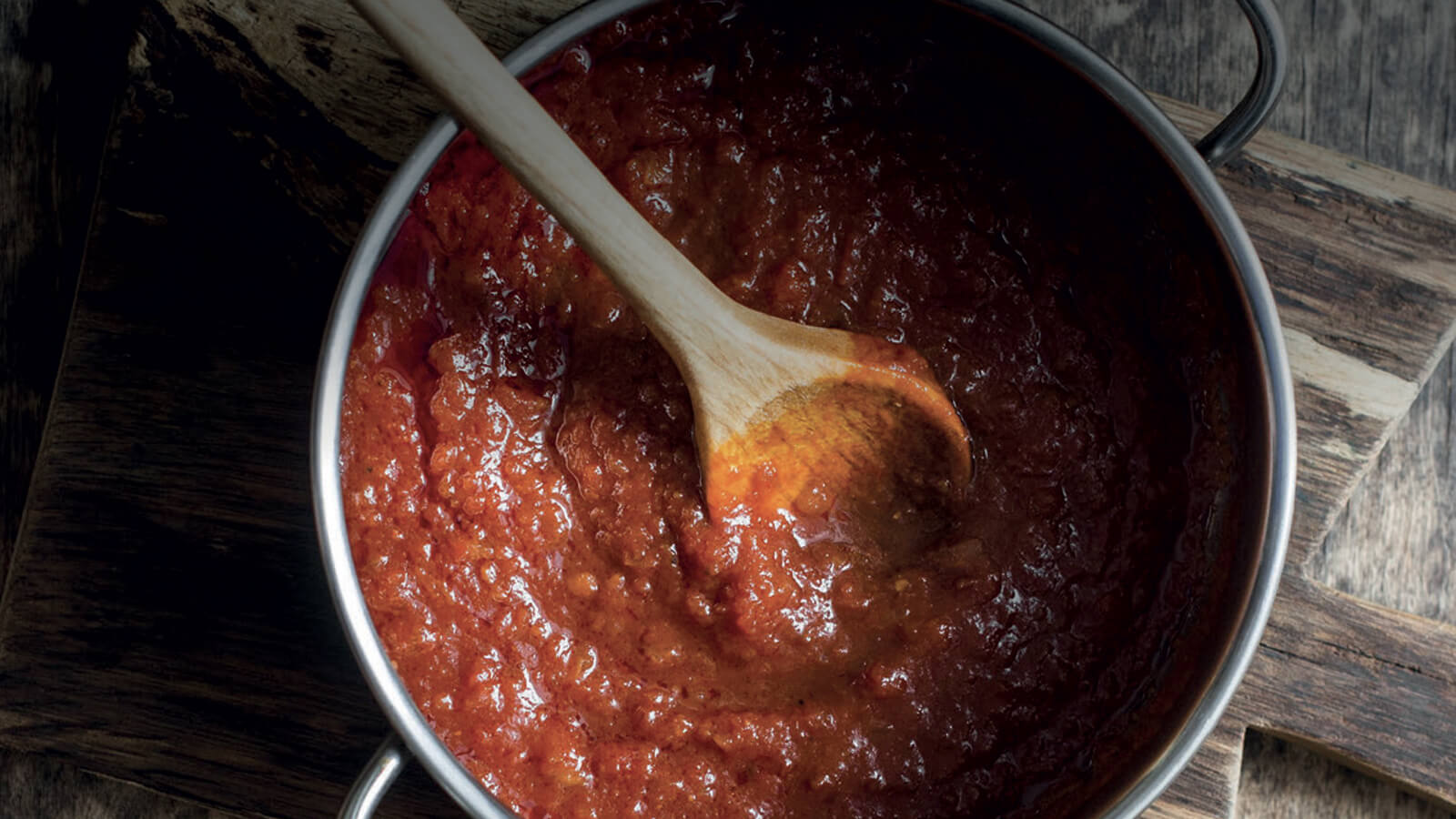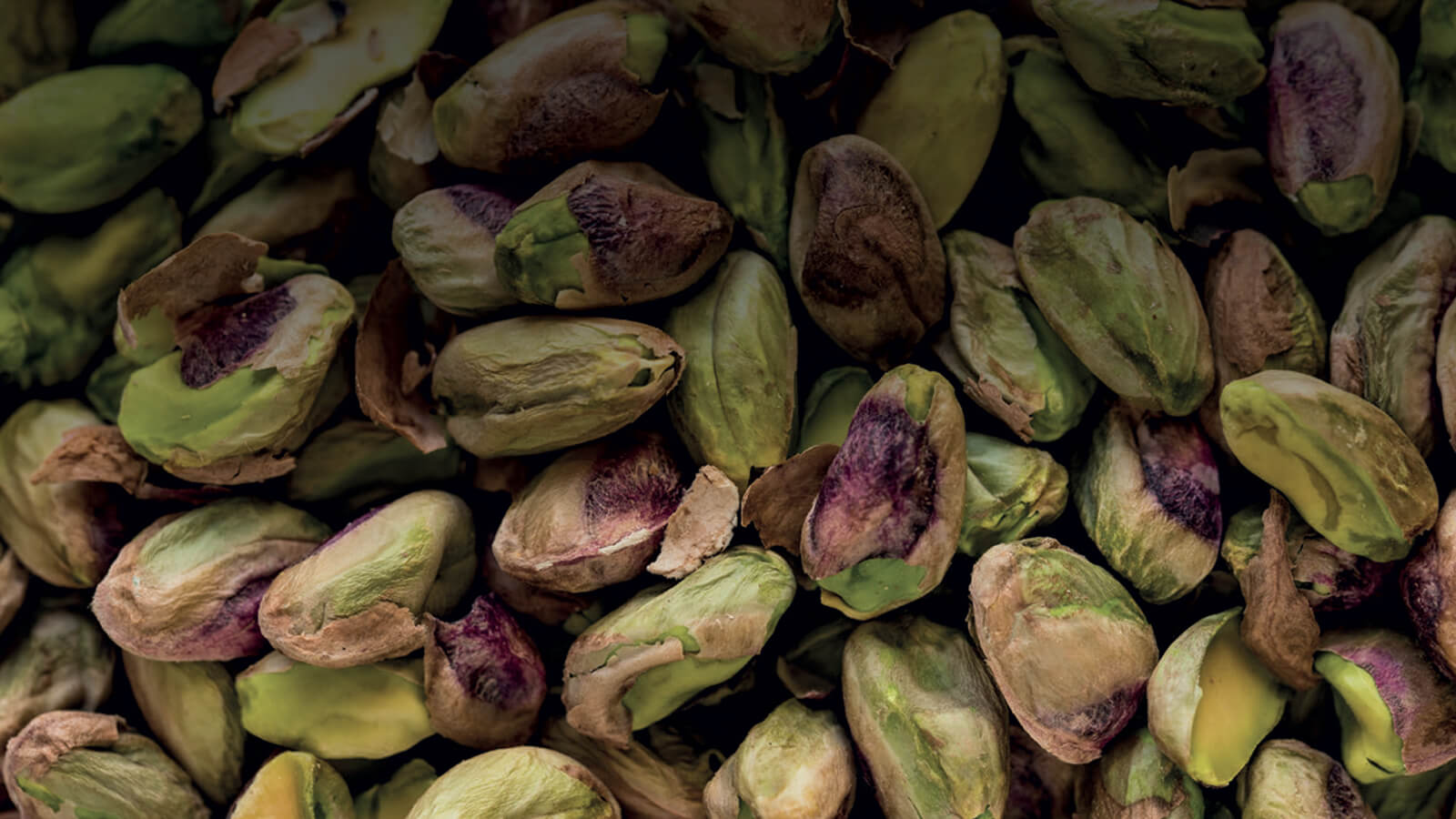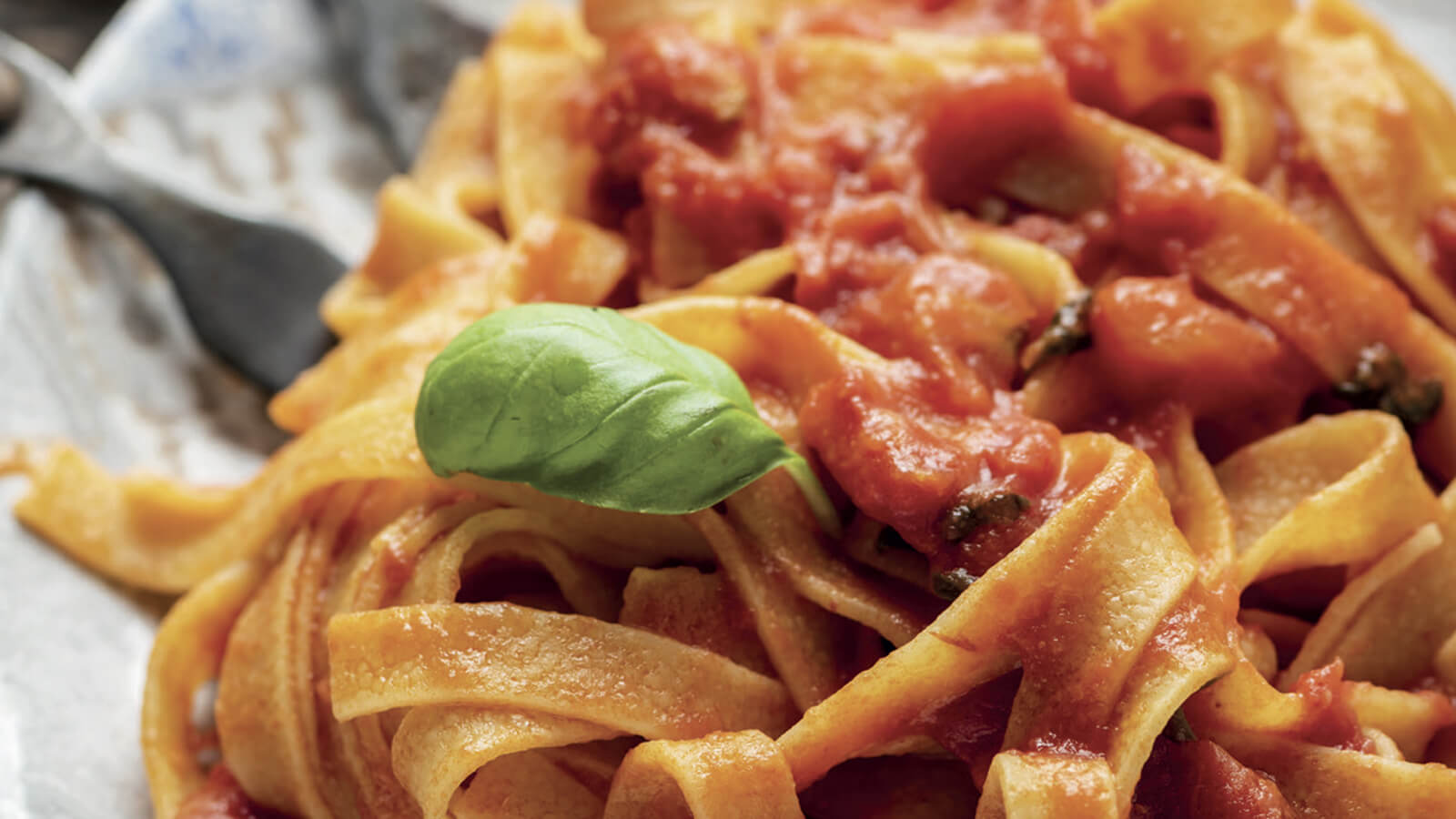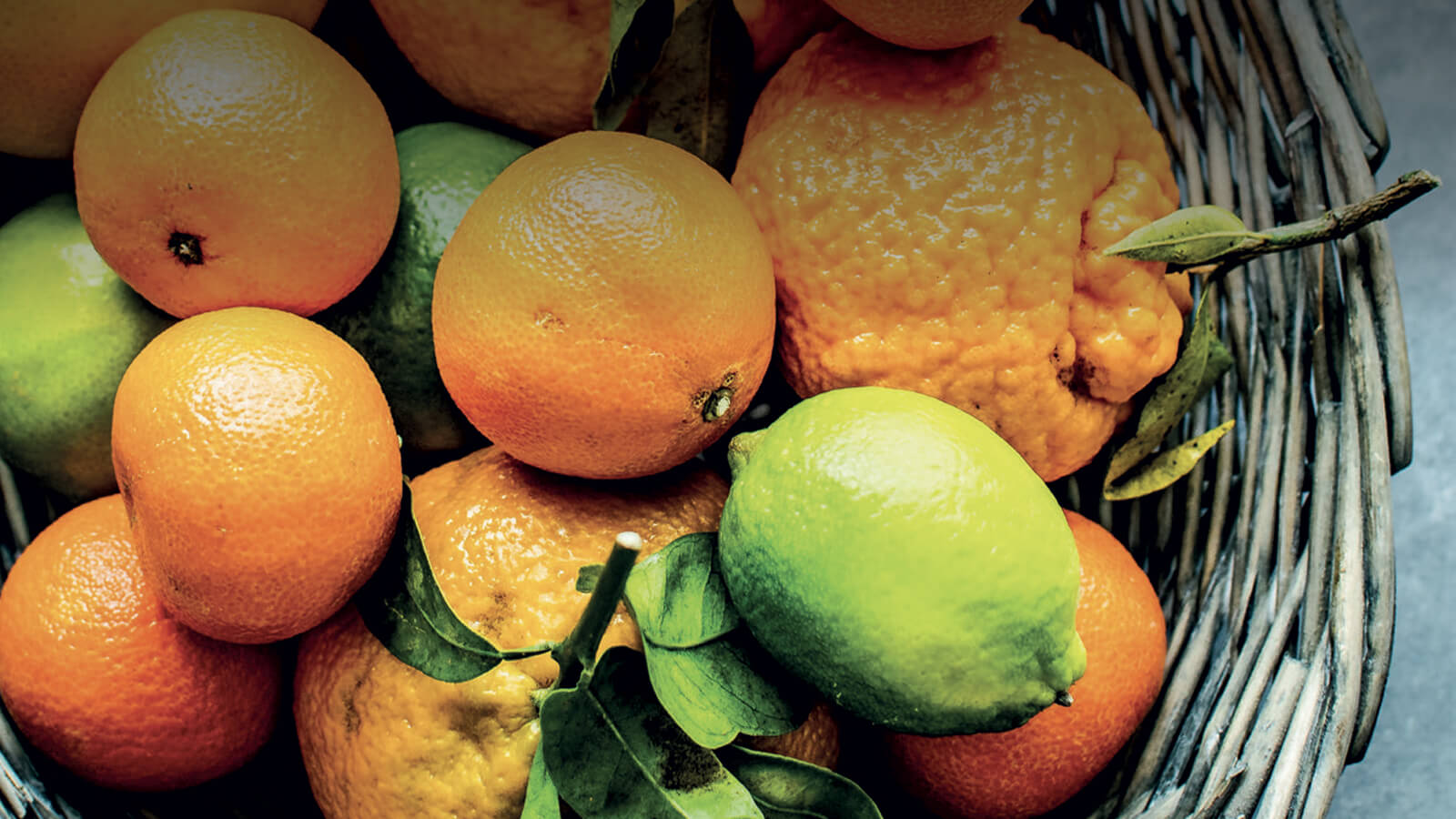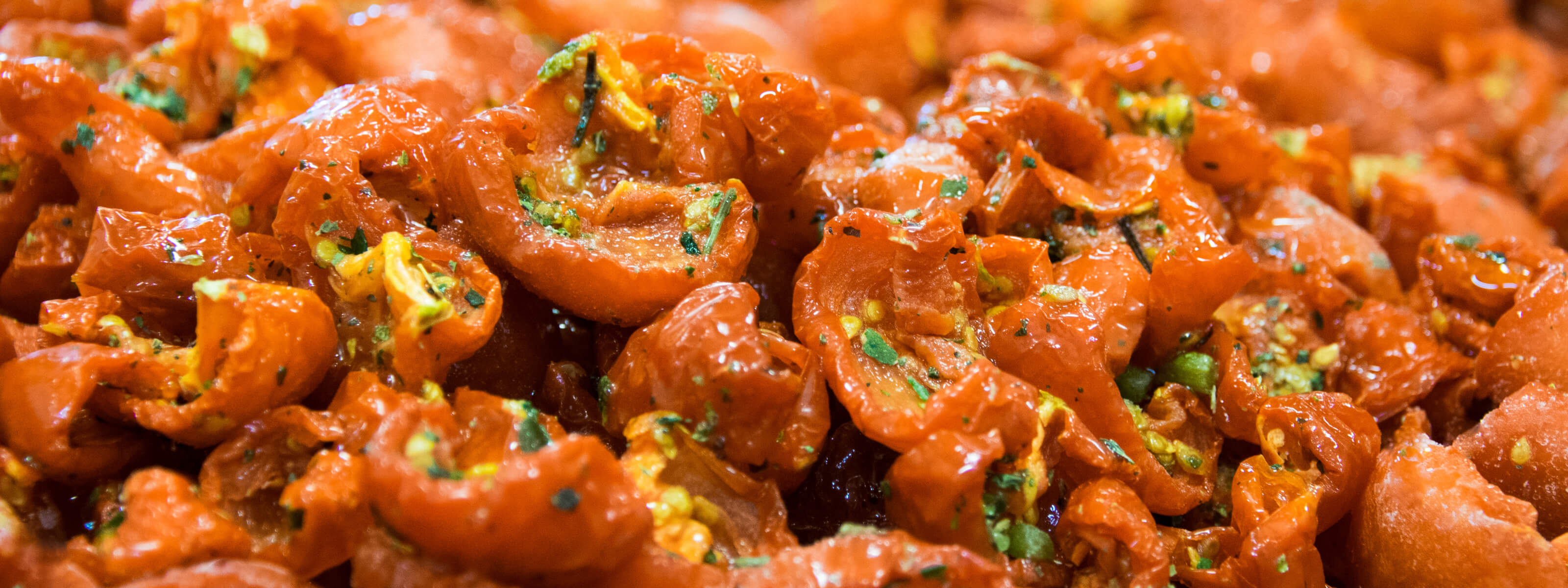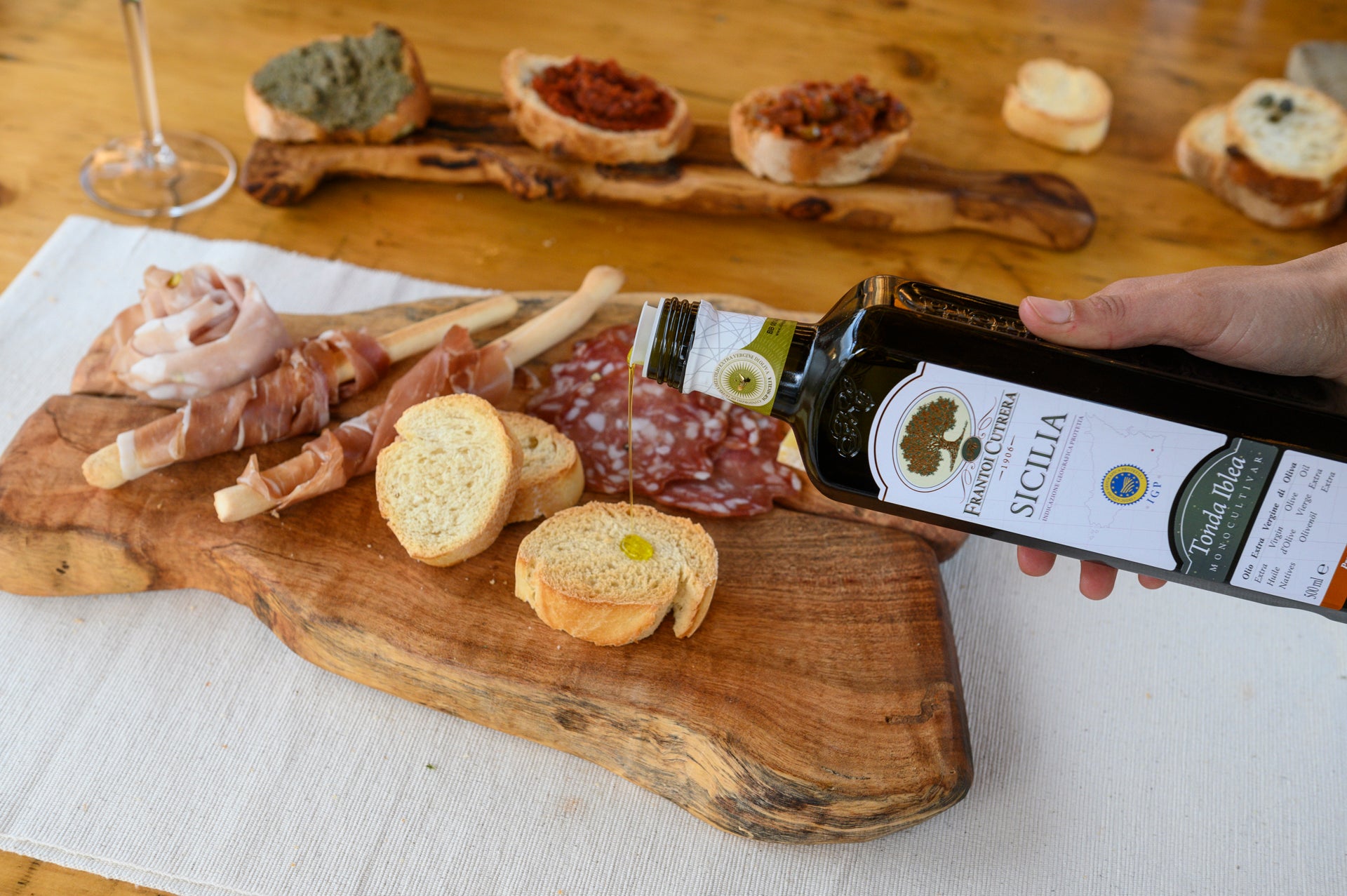
Olive Oil Price: Factors That Make the Difference
Introduction to Extra Virgin Olive Oil
When we talk about extra virgin olive oil, we are referring to one of the most precious and versatile foods of the Mediterranean diet. This type of oil is distinguished by its extraction method, which occurs exclusively mechanically without the use of chemicals.
Main Features
Extra virgin olive oil must meet certain standards:
- Acidity : must be less than 0.8%.
- Extraction method : must be obtained only through mechanical processes.
- Absence of defects : the oil must not present organoleptic imperfections.
Health Benefits
The benefits of extra virgin olive oil are numerous:
- Antioxidants : Contains high levels of polyphenols, which fight free radicals.
- Healthy heart : reduces the risk of cardiovascular disease.
- Anti-inflammatory properties : thanks to the presence of oleocanthal.
- Digestion : Aids the digestive process and liver health.
Uses in the Kitchen
In the kitchen, extra virgin olive oil is extremely versatile:
- Dressing : ideal raw on salads and cold dishes.
- Cooking : It can be used for frying and baking, although it is best used at moderate temperatures.
- Marinade : perfect for marinating meat and fish.
Organoleptic Qualities
Extra virgin olive oil is also distinguished by its organoleptic qualities, which vary according to:
- Cultivar : the variety of olives used.
- Production area : the territory influences flavour and aroma.
- Processing techniques : the method of squeezing and preservation.
Certifications and Regulations
To ensure quality, there are several certifications:
- DOP : Protected Designation of Origin.
- IGP : Protected Geographical Indication.
- Organic : grown without pesticides and chemicals.
Factors That Affect the Price
Several variables influence the price of extra virgin olive oil:
- Production process : Traditional methods are more expensive.
- Quality of olives : the better the quality, the higher the cost.
- Certifications : they add value, but also cost.
- Market demand : High demand can drive up prices.
Conclusion
Knowing how to choose and appreciate a good extra virgin olive oil can enrich our diet and promote a healthier lifestyle, while being aware of the factors that influence its price.
The Extra Virgin Olive Oil Production Process
The production process of extra virgin olive oil requires several precise phases that guarantee the quality of the final product. Here are some fundamental steps:
-
Olive Harvest
- The olives are picked directly from the tree to avoid contamination from the soil.
- Harvesting can be done manually or with the use of specific machinery.
-
Washing and Defoliation
- Once harvested, the olives are taken to the mill and thoroughly washed.
- A defoliator removes any leaves and debris to prepare them for crushing.
-
Crushing
- The cleaned olives are crushed using granite millstones or mechanical crushers.
- This process turns the olives into a smooth paste.
-
Kneading
- The olive paste is stirred slowly to allow the oil droplets to aggregate.
- The temperature is kept low to preserve the organoleptic qualities.
-
Extrusion
- The kneaded paste is subjected to pressing or centrifugal extraction.
- This step separates the oil from the water and solids present in the paste.
-
Separation
- We use settling tanks or vertical centrifuges to further separate the oil from the remaining impurities.
- The result is a crude oil ready for the final filtration stage.
-
Filtration and Bottling
- The oil is filtered to remove any residues.
- Finally, the oil is bottled and sealed, ready to be marketed.
The care and attention dedicated to each step are crucial to guarantee a high quality extra virgin olive oil.
Fruit Quality: Importance of High Quality Olives
When we talk about olive oil, the quality of the olives is an essential factor that we cannot ignore. High quality olives not only influence the taste of our oil, but also determine its nutritional properties and shelf life. Let's see together why high quality olives are so important.
Selection of Olives
To produce excellent olive oil, we start with a rigorous selection of olives. Olives must be harvested at the right point of ripeness, neither too green nor too ripe. It is essential:
- Avoid Damaged Olives: The olives must be whole, without bruises or damage that could compromise the quality of the oil.
- Avoid Rotten Olives: Rotten olives can introduce off-flavors and reduce the shelf life of the oil.
Cultivation and Harvesting
Cultivation and harvesting techniques also play a crucial role:
- Sustainable Agricultural Practices: We use sustainable methods to ensure that the olives do not contain pesticides or other harmful chemicals.
- Manual Harvesting Techniques: Manual harvesting allows us to select only the best olives, minimizing the risk of damage.
Transformation Process
After the harvest, an immediate and delicate transformation process follows. We act quickly to preserve the freshness and organoleptic properties of the olives:
- Cold Extraction: This technique avoids overheating the olives, better preserving the nutrients.
- Accurate Crushing: Crushing the olives properly without oxidizing them guarantees a high quality oil with optimal taste and aroma.
Benefits of High Quality Olives
Using high-quality olives offers numerous benefits, including:
- Best Taste: The oil obtained has a more genuine and refined flavour.
- Superior Nutritional Properties: We keep intact the polyphenols and vitamins, precious for health.
- Longer Lasting: A quality oil tends to oxidize less rapidly, prolonging its shelf life.
In conclusion, to obtain a high quality olive oil, we must pay maximum attention to the selection, cultivation, harvesting and processing of olives. Only in this way can we guarantee an excellent product both in terms of taste and health benefits.
Olive Cultivation and Harvesting Costs
When we talk about olive oil, it is essential to consider the costs of growing and harvesting olives. These costs significantly affect the final price of the product. Let's see what are the main factors that influence these costs:
Land and Plantation
- Buying Land : The cost of land can vary greatly depending on the region.
- Land preparation : Includes ploughing, fertilising and other preliminary operations.
- Planting olive trees : The cost of the seedlings and the necessary planting techniques.
Maintenance of Olive Groves
- Irrigation : Water is a precious commodity and its cost can vary.
- Fertilizers and pesticides : Essential products to keep olive trees healthy and productive.
- Pruning : It is essential for the health of the plants and the quality of the product.
Labor
- Staff : Qualified workers for the care of the olive groves.
- Seasonal labor costs : During harvest, the need for labor increases significantly.
Olive Harvest
- Harvesting techniques : Manual harvesting is more expensive than mechanical harvesting, but can affect the quality of the olives.
- Storage : The harvested olives must be stored in optimal conditions to avoid deterioration.
Transport
- From field to mill : Transport the olives to the mill within a short period of time to ensure freshness.
- Logistics costs : Including fuel and maintenance of transport vehicles.
Oil mill
- Olive pressing : Cold pressing techniques to ensure the quality of the oil.
- Filtering and bottling : Processes necessary to prepare the oil for sale.
Climatic and Environmental Factors
- Climate variations : These can drastically affect the yield of your plants.
- Natural disasters : Such as hailstorms or frosts that can compromise production.
Certifications and Quality Controls
- Certification costs : To ensure quality standards.
- Periodic checks : Necessary to maintain high levels of food safety.
These are the main factors that contribute to the cost of growing and harvesting olives. Each element has a significant impact, and understanding their importance helps us better understand where the price of olive oil comes from.
Extraction Method and Technology Used
When we talk about olive oil, one of the variables that most influences the price is the extraction method and the technology used. There are different approaches to extracting oil from olives, and each of these has a significant impact on the final product.
First, we need to distinguish between two main methods:
-
Cold extraction :
- To perform cold extraction, a temperature that does not exceed 27 degrees Celsius is used. This method best preserves the organoleptic and nutritional characteristics of the oil. For this reason, all Frantoi Cutrera oils are produced with cold extraction.
- It guarantees a high quality extra virgin olive oil, rich in antioxidants and polyphenols.
- It requires advanced equipment and strict temperature control, increasing production costs.
-
Hot extraction :
- It uses high temperatures to speed up the extraction process. This method is faster and less expensive.
- It can compromise some of the oil's health properties due to heat.
- It is often used for the production of lower quality oil.
In addition to these methods, one must consider the technologies used during extraction:
-
Olive milling :
- The granite millstones, historically used, have been largely replaced by modern stainless steel crushers.
- The traditional method can impart a unique flavor but is less efficient than modern technology.
-
Decanting and Centrifugation :
- The separation of oil from water and solid residues can be carried out by natural decantation or centrifugation.
- Centrifugation is faster and allows for greater purity of the oil.
-
Filtering :
- Unfiltered oil, sometimes preferred for its rich, intense flavor, may contain particles that reduce its shelf life.
- Filtering removes these particles, ensuring a stable, long-lasting product.
Finally, the type of machinery and its maintenance play a crucial role:
-
Modern machines :
- They offer greater efficiency and control during extraction.
- They require significant investments and intense maintenance.
These techniques, combinations of methods and technologies, significantly influence the cost of production and, consequently, the final price of olive oil.
Certifications and Quality Controls
When we talk about olive oil, one of the crucial aspects that influences the price is the presence of certifications and quality controls. Certifications provide a guarantee of authenticity and purity of the product, while quality controls ensure that each batch of oil meets high standards.
Types of Certifications
- DOP (Protected Designation of Origin) : Allows us to know that the oil comes from a specific geographical area and that it has unique characteristics linked to the territory of origin.
- IGP (Protected Geographical Indication) : Recognizes oils that come from a specific region but with production processes that can also take place in neighboring areas.
- Organic : Ensures that the oil is produced without the use of pesticides or harmful chemicals, following strict environmental standards.
Quality Controls
- Chemical Analysis : They monitor parameters such as acidity, peroxides and waxes. These analyses allow us to guarantee that the oil is pure and not adulterated with other substances.
- Organoleptic Tests : These are conducted by panels of expert tasters who evaluate flavor, aroma and color. This type of test helps to identify any defects and classify the oil as extra virgin.
- HACCP Certifications : International system that guarantees food safety from production to sale. It helps prevent contamination and ensures that the oil remains safe for consumption.
Benefits of Certifications
- Quality Assurance : They ensure that every bottle of oil adheres to predefined standards.
- Traceability : They allow you to trace the origin of the product, offering greater transparency to the consumer.
- Market Prestige : Certified oils are often perceived as premium products and can justify higher prices.
Impact on Price
Certifications and quality controls require significant investments in terms of time and resources. Therefore, oils that are certified and subjected to rigorous quality controls tend to have a higher price than those that are not.
"Otteniamo una maggiore fiducia nei confronti dei consumatori grazie alle certificazioni e ai controlli di qualità, che garantiscono l'eccellenza del nostro olio."
These practices not only improve consumer confidence, but also allow manufacturers to differentiate their products in a competitive market.
Packaging and Distribution Costs
When we look at the proven factors that influence the price of olive oil, a critical section that we need to pay attention to is the costs of packaging and distribution. These costs significantly impact the final price of the product that arrives in stores and our homes. Here is what we need to consider:
Packaging
-
Packaging material:
- Glass: Expensive and heavy, but offers better product preservation.
- Plastic: Cheaper and lighter, but less effective in conservation.
- Tin: A good middle ground, medium cost and weight.
-
Packaging quality:
- UV Protection: Dark bottles to protect from oxidation.
- Closing system: To avoid contamination and maintain freshness.
- Tag: It must be clear and complete, but also expensive to print.
-
Packaging:
- Multipacks: Economies of scale.
- Custom Packaging: Higher Costs for a Recognizable Brand.
Distribution
-
Supply Chain:
-
Transport:
- Means of transport: Trucks, ships, planes.
- Fuel Costs: Price fluctuations affect costs.
-
Storage:
- Cost of space: Depends on the geographic area.
- Storage conditions: Controlled temperatures and humidity.
-
Transport:
-
Intermediaries:
- Direct distribution vs. outsourcing: Each step adds an additional cost.
- Commission costs: Variables depending on the contract and volumes traded.
-
Reverse logistics:
- Returns and Collection: Costs related to returns management.
- Disposal: Procedures for disposing of packaging and products.
Rates and Taxes
- Customs duties: Importing and exporting can increase costs.
- Regulations: Certifications and quality controls.
When we examine the entire process, from bottling to distribution, it is clear that each phase plays a crucial role in determining the final cost of olive oil. Efficient management of these aspects not only optimizes costs but also ensures that the product maintains its quality and freshness until the final consumer.
Impact of Climate Change on Production
In recent years, we have observed that climate change has had a significant impact on olive oil production. Global warming and increasing variability in weather conditions have made olive growing more unpredictable and challenging.
Adverse Weather Conditions
Olive trees are particularly sensitive:
- Extreme Temperatures : Hotter winters and hotter summers can damage plants. Temperatures above 40°C can stress olive trees, reducing their ability to produce high-quality fruit.
- Sudden Weather Events : Storms, hailstorms and floods can irreparably damage crops in full harvest.
- Drought Periods : Reduced rainfall compromises the availability of water essential for plant growth. Water scarcity leads to smaller and less juicy fruits.
Changes in Cultivation Cycles
Climate change has altered crop cycles:
- Variations in Flowering Periods : Mild winter temperatures bring forward flowering, exposing the flowers to the risk of late frosts.
- Poor Fruit Set : Abnormal climatic phases during the fruit set period can limit the formation of the fruit, reducing the final harvest.
Increase in Diseases and Parasites
We have noticed an increase in diseases and parasites attacking olive trees:
- Olive Fly : Prefers warm, humid climates, and longer, hotter summers have increased its distribution.
- Verticillium fungus : Causes root rot and spreads more rapidly under water stress.
Solutions and Mitigation
To address the problem, innovative solutions are needed:
- Advanced Irrigation Techniques : Optimize water use with drip systems and constant monitoring of soil moisture.
- Climate Resistance : Developing olive tree varieties resistant to extreme climate conditions.
- Integrated Pest Management : Using sustainable biological and chemical methods to control infestations.
Climate change is a major challenge for olive oil production. We must adapt and innovate to maintain the quality and quantity of the product, while trying to protect our agricultural tradition.
Supply and Demand in the Global Market
Understanding the dynamics of supply and demand in the global olive oil market is essential to analyze price variations.
Olive Oil Question
-
Increased International Consumption : In recent decades, we have seen an increase in olive oil consumption in non-traditional producing countries, such as the United States, Canada, and China. This growth in global demand has contributed to rising prices.
-
Intensifying Healthy Eating Habits : With increased awareness of the health benefits of olive oil, more and more people are integrating it into their daily diet. Trends towards healthy Mediterranean cuisine continue to positively influence demand.
-
Seasonality and Festivals : Demand for olive oil tends to increase during holidays and harvest seasons, influencing market prices.
Olive Oil Offer
-
Production in Mediterranean Countries : The main producers of olive oil are concentrated in the Mediterranean basin, including Spain, Italy, Greece and Tunisia. Events such as drought, rain and plant diseases in these countries can affect global supply and therefore prices.
-
Climate Change : Extreme weather events are becoming more frequent, causing significant damage to olive groves. We need to recognize the impact of climate change on annual crops.
-
Innovations in Agriculture : The adoption of new agricultural techniques and efficient irrigation can improve crop yields, stabilizing the supply of olive oil. However, these technologies also have costs that can affect final prices.
-
Government Regulation : Agricultural and trade policies in various producing and importing countries can affect supply. Subsidies, tariffs and quality regulations can directly influence the market.
Supply-Demand Interaction
The relationship between supply and demand is dynamic and constantly evolving. An increase in demand without a corresponding increase in supply can lead to a shortage, while an excess of supply can cause prices to fall:
- Increase in Demand : Leads to pressure on producers to increase production.
- Reduced Supply : Leads to higher prices and potential supply crunches.
Quotes from industry experts indicate that fluctuations in supply and demand are cyclical and influenced by a wide range of factors, both local and global.
Effects of Agricultural Policies and Subsidies
We know that agricultural policies and government subsidies have a significant impact on the price of olive oil. Several political factors influence the production and distribution of oil.
Agricultural Policies
These policies may include:
- Crop Regulation : Guidelines on which crops can receive financial support and incentives.
- Support for Producers : Includes direct financial aid to support local and national producers.
- Agricultural Technologies : Promotion and financing of technological innovation to increase crop yields.
- Agricultural Training : Training programs to provide advanced knowledge to farmers.
Subsidies
Subsidies directly affect the cost and production of oil. We can distinguish different types of subsidies:
- Export Subsidies : Improve the competitiveness of local products on foreign markets.
- Production Subsidies : Reducing the cost of production through financing and economic incentives.
- Sustainability Grants : Promote environmentally friendly farming practices, such as the use of natural pesticides and efficient irrigation.
- Tax Breaks : Tax breaks for farmers to encourage domestic production.
Impacts on Prices
Agricultural subsidies and policies directly and indirectly influence prices for several reasons:
- Increased Production : Increased support for producers can lead to increased production capacity, lowering prices.
- Market Stability : Adequate regulations can stabilize the olive oil market, reducing price fluctuations.
- Quality Incentives : Quality-focused support can incentivize the production of premium oils, influencing the premium market segment.
Limitations and Criticisms
However, there are also some limitations and criticisms associated with it:
"Inefficiency in the distribution of subsidies can favor some producers over others, creating inequality in the market."
- Bureaucracy : Complex processes that can delay reaching beneficiary farmers.
- Market Distortion : Excessive subsidies can distort the market and create dependency.
- Public Costs : Increase in tax burden to support subsidies.
Therefore, balancing economic and social objectives is crucial for a positive impact of agricultural policies and subsidies on the price of olive oil.
Nutraceutical Value and Health Benefits
Olive oil is renowned not only for its unmistakable flavor but also for its nutraceutical value, rich in compounds beneficial to our health. Regular use of olive oil in the daily diet can bring numerous benefits thanks to its properties.
Main Active Compounds
Olive oil contains a variety of bioactive compounds that contribute to its benefits:
- Polyphenols : Powerful antioxidants that help fight oxidative stress and reduce the risk of chronic diseases.
- Oleic Acid : A monounsaturated fatty acid that supports cardiovascular health.
- Vitamins : Especially vitamin E, essential for the protection of cells from oxidative damage.
- Phytosterols : Plant compounds that help reduce blood cholesterol levels.
Health Benefits
Studies have shown various health benefits of olive oil:
- Cardiovascular Risk Reduction : Olive oil helps maintain healthy cholesterol levels, reducing the risk of heart disease.
- Anti-Inflammatory Action : Polyphenols and other compounds reduce inflammation in the body.
- Brain Protection : Some studies suggest that olive oil may have protective effects against cognitive decline.
- Diabetes Control : Consuming olive oil can improve insulin sensitivity and regulate blood sugar levels.
- Weight Loss Support : Despite being a fat, olive oil can help with weight control due to its satiating properties and the promotion of a balanced metabolism.
Use in the Mediterranean Diet
We use olive oil as a base for the Mediterranean diet, which is universally recognized for its health benefits. Dressing salads, cooking vegetables, and using it as a substitute for less healthy fats are just some of the ways we can incorporate it into our diet.
"Olive oil is not just a food, but a fundamental element for our health and well-being."
By including olive oil in our diet, we can not only improve the flavor of our dishes, but also enjoy many proven benefits for our long-term health.
Conclusions: An Investment in Wellbeing
When considering the price of olive oil, we are faced with a series of factors that influence both the quality and the cost of the final product. These factors include:
- Quality of Raw Material : The quality of the olives used plays a crucial role. Olives harvested at the right time and picked by hand tend to produce a superior oil, but also a more expensive one.
- Production Process : Methods such as cold extraction preserve flavor and nutrients but require higher processing costs than faster, industrial methods.
- Production Regions : Where the olives are grown can significantly increase the cost. Olives from renowned regions such as Tuscany or Puglia often command a premium price.
- Quality Certifications : Seals such as IGP (Protected Geographical Indication) or DOP (Protected Designation of Origin) indicate rigorous controls and greater authenticity, making the oil more valuable and more expensive.
- Sustainability and Ethical Practices : Producers who adopt sustainable and environmentally friendly agricultural practices often invest more in production, which is reflected in the final price.
Investing in a good olive oil goes beyond just spending money; it implies a commitment to a healthier diet and a more balanced life. Here are some reasons why it is worth considering purchasing quality oil:
- Nutritional Benefits : Extra virgin olive oil is rich in antioxidants and monounsaturated fats, which are essential for heart health.
- Culinary Versatility : A high-quality oil can enhance any dish, from a simple salad to the most refined gourmet dishes.
- Support for the Local Economy : By purchasing locally produced oil, we support small producers who are committed to maintaining the high quality of the product.
Using good olive oil is a way to take care of ourselves and promote sustainable farming practices. By being aware of the factors that influence price, we can make informed choices that enrich our diet and lifestyle.
Share




















